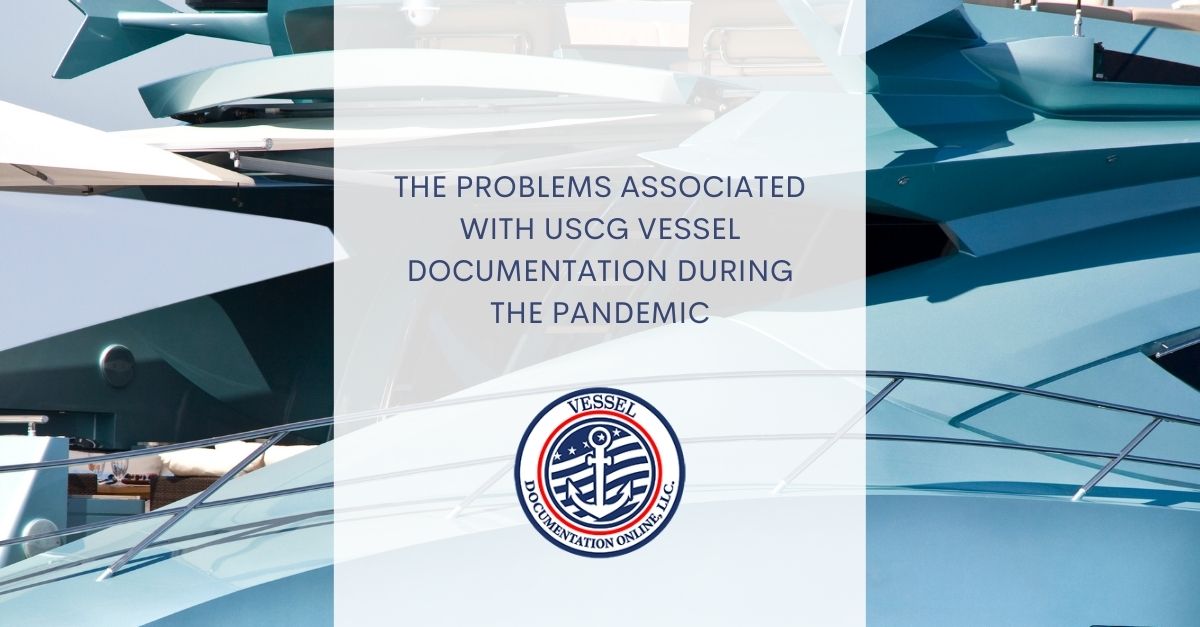Documentation is the process of registering your vessel with the United States Coast Guard. Unlike state titling, US Coast Guard documentation occurs at the federal level.
Vessels that measure at least 5 net tons and are owned entirely by United States citizens must be documented. This applies to pleasure vessels as well as commercial vessels used in the fisheries or coastwise trade.
Vessel Size
A Certificate of Documentation is an official United States Coast Guard (USCG) document that identifies your vessel, including its name, hailing port, official number, hull-identification number provided by the builder, place of build, owner information and vessel dimensions. It also lists endorsements and restrictions.
US Coast Guard documentation is a national form of registration that provides a number of benefits for the boat owner, such as international travel and access to certain restricted trades, such as coastwise trade and fisheries. However, not all vessels are eligible for documentation.
To be documented, a vessel must measure at least five net tons and be wholly owned by a citizen of the United States. Generally, this requires monohulls more than 25 feet in length.
Ownership
If your vessel is wholly owned by a citizen of the us coast guard documentation and measures at least five net tons, you can apply for US Coast Guard documentation. It is a national form of registration that provides evidence of nationality for international purposes, provides unhindered commerce between the states and admits vessels to certain restricted trades like coastwise trade and fisheries.
A documented vessel is also required to have an official number and name markings on the exterior. This ensures that the vessel can be identified in the event of a collision or other emergency.
When you’re negotiating the purchase of a vessel, most lenders will require it to be documented by the US Coast Guard for clear title assurance. This is because the National Vessel Documentation Center maintains a record of ownership and prior filed liens that can be viewed through an abstract of title.
Requirements
If you plan to engage in commercial activities on your boat, you’ll need to obtain US Coast Guard documentation. The documentation will keep track of important details about your vessel, including ownership and financial history.
Vessels five net tons and larger are required to be documented if they’re engaged in coastwise trade or fisheries on navigable waters of the U.S. or in the exclusive economic zone (EEZ) up to about 200 miles offshore.
Documented vessels have a clearly readable display of the vessel name and hailing port on the hull, typically in the stern area. Letters must be no less than four inches in height.
In addition, all documented vessels must affix an official vessel number in block-type Arabic numerals of at least three inches in height to some interior integral structure. The number must be preceded by the letters “NO.” This is a permanent fixture and will never be removed, making it easily identifiable.
Endorsements
When it comes to documentation, the US Coast Guard has a set of standards and requirements that are essential for any vessel in United States waters. This includes a minimum of four operational endorsements, and a number of different types of licenses.
For example, a small commercial vessel might have an OUPV credential for six passengers, and it could also have an endorsement for commercial assistance towing. There are several different types of commercial endorsements, as well as a few special ones.
Some endorsements have additional criteria that must be met, such as 360 days of experience on a sail or auxiliary sail vessel. This can be done by either passing an exam at one of the USCG regional exam centers; or by completing a course at an approved training provider.
